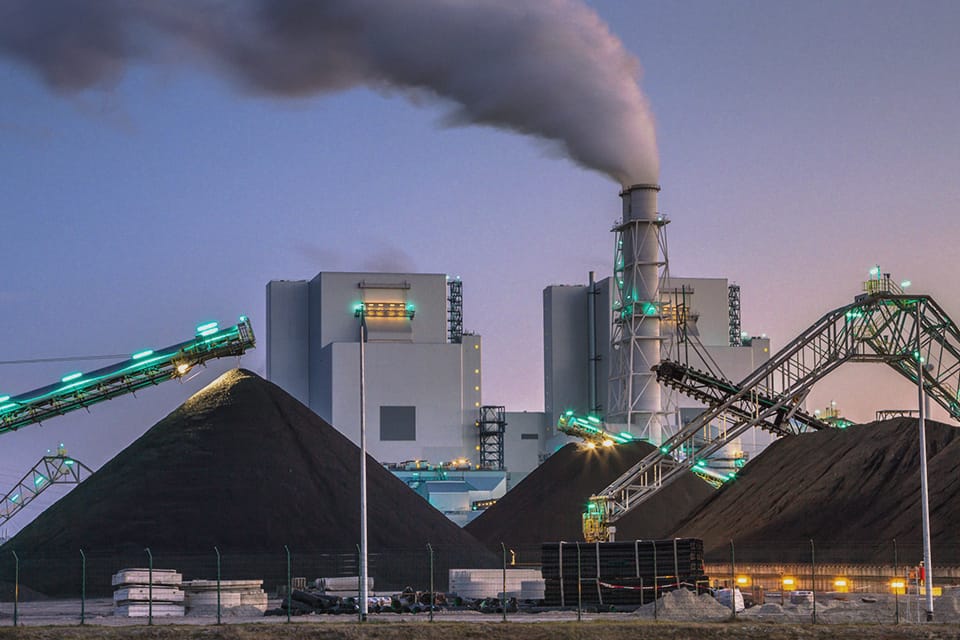
Carbon Credits and ESG: What They Mean for Your Business

Carbon credits are a hot topic in corporate responsibility, and for good reason. They’re one of the most visible ways companies demonstrate commitment to reducing emissions and protecting the environment. But while the idea of buying your way to sustainability sounds simple, the real story is more complex.
As global supply chains grow more intricate, organizations are under pressure to take meaningful action on climate, labor, and governance. That’s where Environmental, Social, and Governance (ESG) programs come in. When done right, ESG helps you build resilience, improve transparency, and earn trust from investors and customers alike. And carbon credits are often a key part of that strategy.
What Are Carbon Credits?
A carbon credit is a permit that allows a company to emit a certain amount of carbon dioxide or other greenhouse gases. One credit typically equals one metric ton of carbon dioxide. These credits can be bought and sold on carbon markets.
Companies that reduce emissions below their limits can sell excess credits to other companies. Meanwhile, businesses that exceed their limits can purchase credits to offset their overages. In theory, it’s a system that promotes balance.
More importantly, they help support projects like reforestation, renewable energy, and methane capture. These efforts not only remove emissions but also provide benefits to local communities, wildlife, and economies.
Why Carbon Credits Matter in ESG
In the context of ESG, carbon credits fall squarely in the “E” category. They reflect a company’s environmental responsibility and its strategy for managing climate-related risks.
For businesses still building out their ESG mandates, investing in carbon credits can serve as an early step. It’s a way to take action while developing longer-term plans to reduce emissions at the source.
But there’s a catch: not all carbon credits are equal. Poorly verified credits or projects with questionable impact can actually harm your reputation. This is why transparency, accurate reporting, and due diligence matter.
Carbon Credits and the Supply Chain
Many companies underestimate how much of their carbon footprint lies in their supply chain. From manufacturing to transportation, third-party contractors and vendors play a major role in emissions.
This is where Veriforce can help. Our ESG solution makes it easier to gather accurate emissions data across your supplier network. You can see who’s aligned with your ESG goals, as well as who isn’t. By tracking and managing contractor performance, you can make better decisions about who to work with and why.
And if you’re relying on carbon credits to offset supply chain emissions, having clear, auditable data is essential. It helps you demonstrate progress, avoid greenwashing, and build credibility with stakeholders.
Carbon Credits Aren’t a Long-Term Fix
While carbon credits can serve as a bridge, they’re not a long-term substitute for emissions reductions. Companies still need to innovate, modernize operations, and reduce waste at the source.
However, that doesn’t mean they have no place in your strategy. Used correctly, they support impactful environmental projects and show immediate commitment. The key is integration. Your ESG program should combine credit purchases with internal reductions, supplier accountability, and regular reporting.
With Veriforce, you can set ESG expectations, monitor outcomes, and report your performance, all in one platform.
Using Carbon Credits Without Greenwashing
Claiming to be environmentally responsible without taking real action, otherwise known as Greenwashing, is a growing concern. To avoid it, companies must ensure that their carbon credits come from credible sources and are matched by real sustainability efforts.
At Veriforce, we support businesses by helping them set standards, verify data, and make ESG risk visible. You’ll know which suppliers meet your criteria and where improvements are needed. If carbon credits are part of your plan, our tools make sure they’re only one part of a broader strategy rooted in transparency.
Veriforce’s Role in ESG Performance
We help businesses build ESG risk management into everyday operations. That includes:
- Customizing ESG questionnaires to assess environmental practices, labor policies, and governance structures
- Providing visibility into contractor ESG compliance, including emissions-related performance
- Offering reporting tools that align with recognized frameworks like GRI and SASB
Whether you’re just getting started or refining your ESG approach, our tools let you track carbon-related data in real time. That way, if you’re using carbon credits, you can back them up with actual performance data across your network.
Talk to us today about how Veriforce can support your ESG goals. Responsible business isn’t just good for the environment; it’s good for performance, reputation, and long-term growth.




